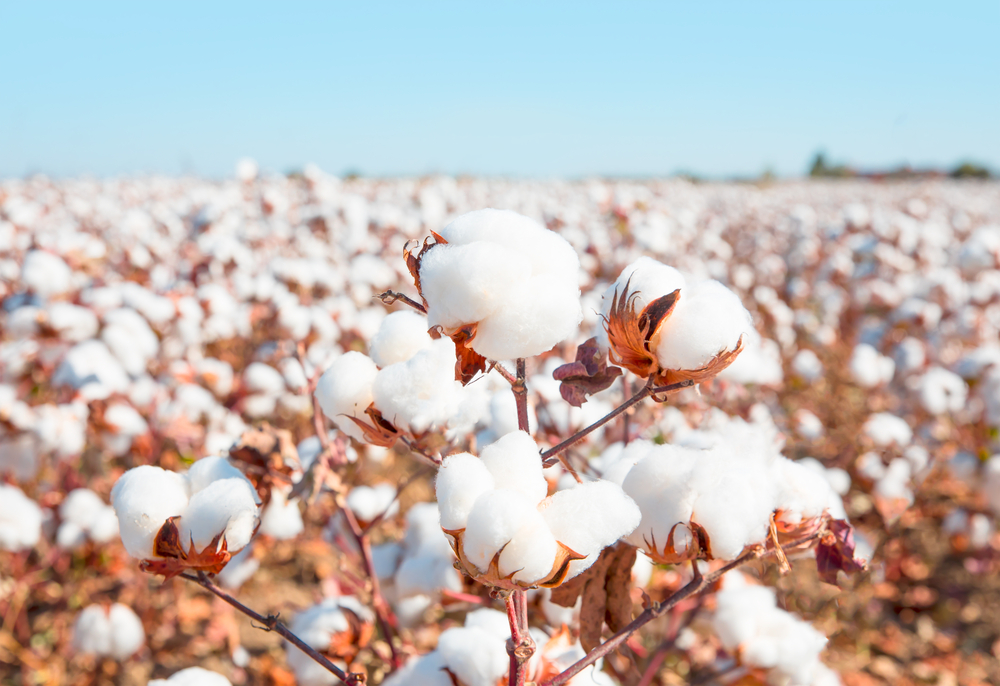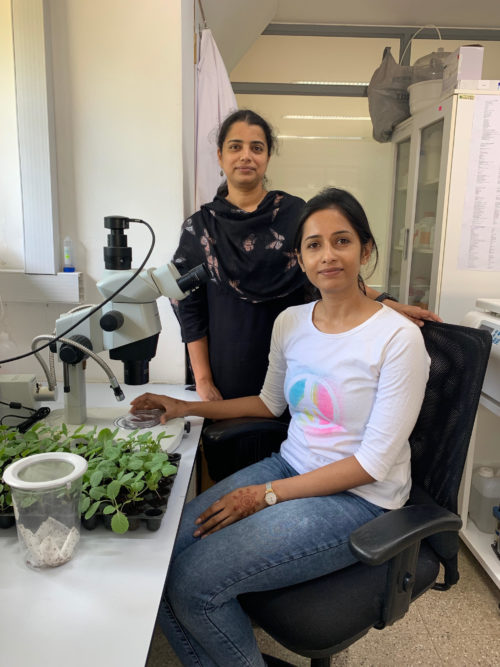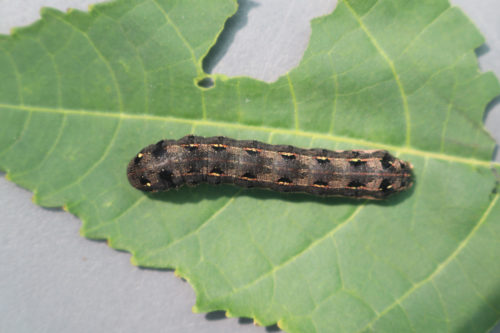Surprise Discovery: Chemical Defenses by Crops Backfire, Make Pests Stronger!
The finding provides new insights into the workings of animal immune systems as well as helps in creating holistic approaches to crop protection.

Pests continuously adapt and become resistant to our efforts to eliminate them, and as ecologists at the National Center for Biological Sciences (NCBS) discovered recently, this happens in nature too, in the fight between plants and insects.
Their studies show that the chemicals used by plants to protect themselves cause an increase in their predator’s immunity. Besides shedding new light on how immunity works, their finding has serious implications for how we approach crop protection and pest control.
Plant’s Defence Strategies
Plants engage in constant chemical warfare. They are at the bottom of the food chain, and unlike animals, they can’t flee or freeze when threatened. All they can do is fight. So, they have evolved to become amazing chemists, capable of producing more than 300,000 complex compounds known as secondary metabolites.
Caffeine and nicotine are examples of such metabolites. These are used to directly attack their predators— primarily insects whose larvae feed on these plants.
But some of these volatile chemicals are employed in an indirect defence strategy. This is where things get really interesting. When an insect larva chews on a leaf, the plant emits a combination of chemicals in the air which attracts a breed of parasitic wasps.
The wasps paralyse the insect larvae and lay their eggs on them. The wasp larvae which hatch from the eggs feed on and eventually kill the insect larvae. Thus, plants reduce the overall population of their predator through chemical signalling to their enemy’s enemy.
Such ecological interactions involving three food-levels is known as a tri-trophic interactions.
While most factors in the crop-pest-wasp interaction are well-understood, what has not been studied until now is the effect of the volatile plant chemicals on the pests themselves.
In attempting to answer this question, ecologists Enakshi Ghosh and Dr Radhika Venkatesan at NCBS discovered that the crop’s defense chemicals surprisingly increases the immunity of the pests.
“It is like an arms race,” says Dr Venkatesan, referring to how all the players in the ecosystem continuously develop adaptations to one-up each other.

The Study: Castor vs Cutworm vs Wasp
For their research, Dr Venkatesan and Ghosh looked at the interactions between the popular Indian crops — castor, cotton seedlings, cabbage, their predator—the cutworm (moth larva), and the cutworm’s predator—a parasitic wasp that goes by the name of Bracon brevicornis.
Cutworm is known to infest at least 120 plant species and is a major pest in agriculture.
Groups of cutworm were exposed to six different types of volatile chemicals that are produced by castor, cotton seedling, and cabbage. There was also a control group which was not exposed to any volatiles. Then the wasp population was allowed to interact with the larvae.
The wasps showed a clear preference for the unexposed cutworms. Moreover, the cutworms exposed to volatiles showed higher resistance to wasp venom, delayed paralysis, and a more aggressive response to the wasp eggs.
The cutworm’s immune response was also studied at the cellular level by examining the larvae’s blood cells known as haemocytes.
Haemocytes are responsible for attacking pathogens and other foreign bodies. There are various types of haemocyte cells. Each one performs a specific function. Higher immunity means not only an increase in the haemocyte count but the production of the right kind of haemocytes.
It was observed that the number and diversity of the haemocytes in the exposed larvae was much higher than the control group.
The scientists found that the exposed larvae’s increase in immunity also makes them resistant to bacteria such as Bt (Bacillus thuringiensis). This is because, unlike mammalian immunity, insect immunity is not specific. Therefore, exposure to the plant volatiles increases their overall immunity.
What does this mean for us?
Slow growth is the price that plants have to pay for stronger defenses. Tulsi is an excellent example of a plant with strong chemical defenses, but it grows very slowly as a pay-off.
On the other hand, crops are fast-growing but have poor defenses. Monoculture makes the situation worse by helping in the evolution of highly specialised insects which are resilient to the crop’s defense chemicals.
“By creating specialised crops, we have also created specialist insects that can override the plant’s defenses and attack them better,” says Dr Venkatesan.
Ghosh’s and Venkatesan’s findings show that a single-dimensional approach to pest control is not sustainable.
Currently, we either spray biological pesticides like Bt or release parasitic wasps to get rid of the pests. But these only lead to an increase in pest immunity and are not effective measures in the long run.
What remains to be understood is how exactly volatile chemicals heighten pest immunity.
It raises several interesting questions. For instance, can certain smells increase our immunity?
Ghosh and Venkatesan continue to study various aspects of chemical upregulation of pest immunity with different species and volatiles.
Once the underlying mechanisms are better understood, a more integrated approach to agricultural pest control can be developed.
Also Read: Bio-bricks Instead of Burning: IIT Researchers Show How to Use Agro Waste
(Edited by Gayatri Mishra)
Like this story? Or have something to share?
Write to us: [email protected]
Connect with us on Facebook and Twitter
This story made me
- 97
- 121
- 89
- 167
Tell Us More
We bring stories straight from the heart of India, to inspire millions and create a wave of impact. Our positive movement is growing bigger everyday, and we would love for you to join it.
Please contribute whatever you can, every little penny helps our team in bringing you more stories that support dreams and spread hope.



















